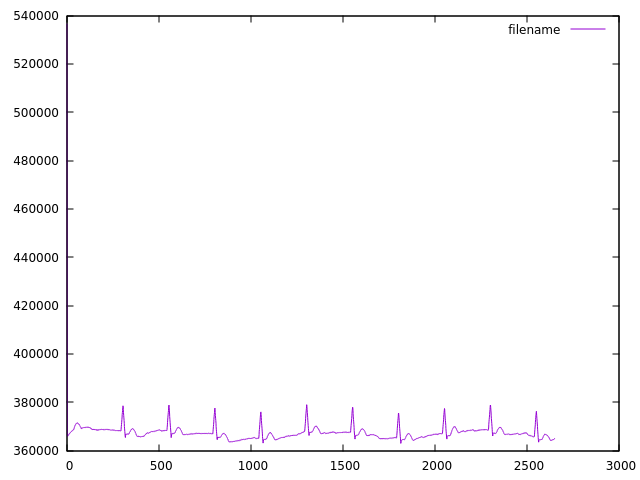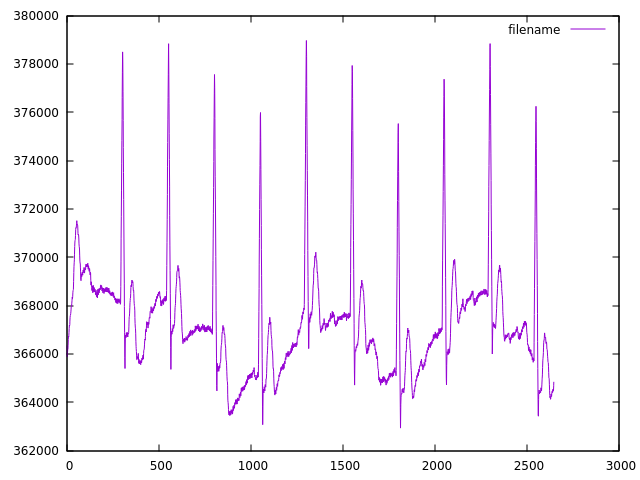Hi,
We have integrated ADS1294R in a medical device. There is only 2 electrode, no RLD electrode.
We have several questions regarding the ADS behavior :
1°) "Signal rise" : We notice the following behavior
We configure ADS on device startup, then we set it on STANDBY.
When a mesure is requested, we send a WAKEUP command and wait 10 ms before issuing RDATAC.
If we remove STANDBY and WAKEUP command, there is no more "signal rise" :
But in the signal, the first two measure seems wrong :
Raw values :
536693
424506
366349
365874
365993
366101
366187
366186
366358
366598
366729
If we ignore these 2 first measures, the signal looks fine :
2°) If we look at previous signal, the values are not centered on 0, there is an offset. What is/are the cause(s) of this offset ?
3°) In ADS datasheet, we can use internal signal reference. The documentation indicates signals are similare to the CAL signals described in IEC60601-2-51. Actually I get a square signal, that's no correct, is it ?
Thank you.




